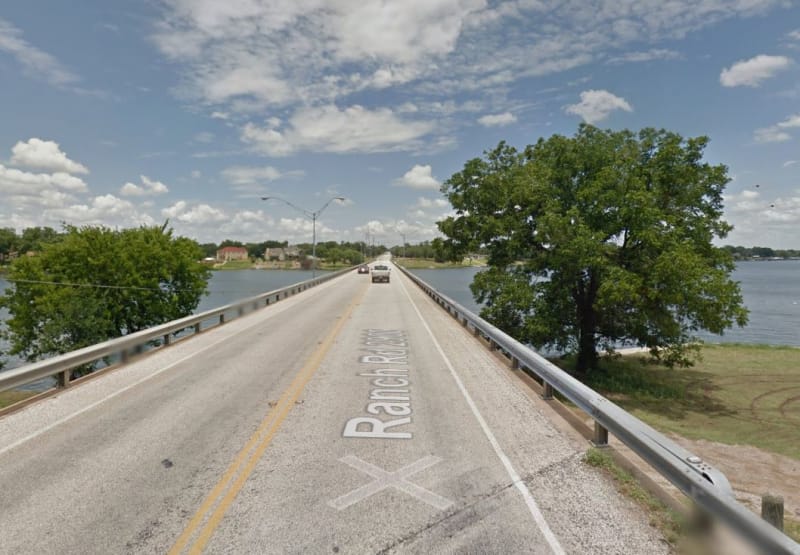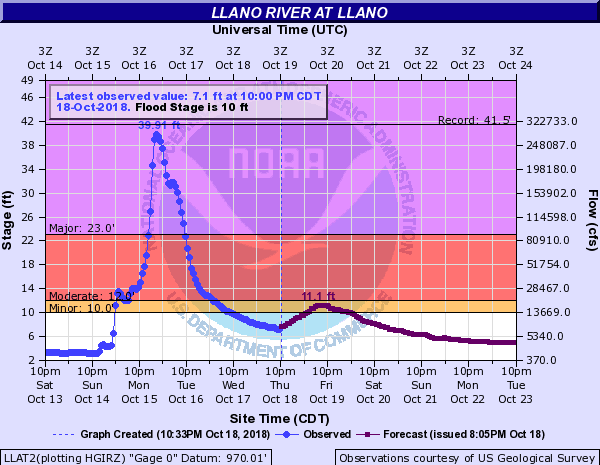A NOAA analysis released today finds significantly higher rainfall frequency values in parts of Texas, redefining the amount of rainfall it takes to qualify as a 100-year or 1000-year event.
The study, published as NOAA Atlas 14, Volume 11 Precipitation-Frequency Atlas of the United States, Texas, found increased values in parts of Texas, including larger cities such as Austin and Houston, that will result in changes to the rainfall amounts that define 100-year events, which are those that on average occur every 100 years or have a one percent chance of happening in any given year. In Austin, for example, 100-year rainfall amounts for 24 hours increased as much as three inches up to 13 inches. 100-year estimates around Houston increased from 13 inches to 18 inches and values previously classified as 100-year events are now much more frequent 25-year events.
NOAA Atlas 14 rainfall values are used for infrastructure design and planning activities under federal, state and local regulations. They also help delineate flood risks, manage development in floodplains for FEMA’s National Flood Insurance Program and are used to monitor precipitation observations and forecasts that can indicate flooding threats by NOAA’s National Weather Service.





